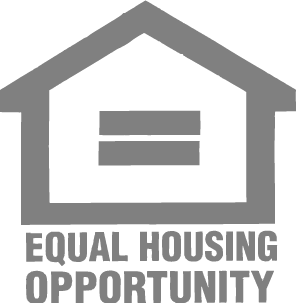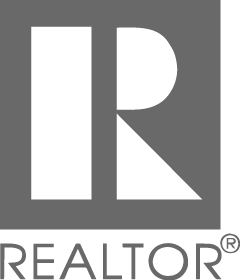For property owners in the greater Austin area, offering an all-bills-paid rental can seem like a win-win: it’s convenient for tenants and can make a property more appealing in a competitive market. But before you commit to this pricing model, it’s important to understand both the benefits and the potential challenges. At TALK Property Management, we help rental property owners make strategic decisions that protect their investments and maximize returns. Let’s explore the pros and cons of offering an all-bills-paid rental.
Pros of All-Bills-Paid Rentals
Attracts More Tenants
One of the biggest advantages is increased marketability. Properties that advertise “utilities included” often get more attention from renters. For tenants, especially those new to the area or on fixed budgets, the simplicity of a single monthly payment is appealing. In fast-moving rental markets like Austin, standing out in search listings can help reduce vacancy time.
Simplifies Tenant Budgeting
When utilities are bundled into the rent, tenants don’t have to worry about setting up accounts, monitoring usage, or being surprised by seasonal spikes in electricity or water bills. This predictability can make your property more desirable and lead to longer lease terms, as tenants appreciate the ease of budgeting.
Competitive Advantage in Urban or High-Turnover Areas
All-bills-paid rentals are especially attractive in high-density areas like downtown Austin, West Campus, or neighborhoods near tech hubs where renters may prioritize convenience. If your property is competing with many similar units, this feature can be the deciding factor for prospective tenants.
Potential for Higher Rent Revenue
By including utilities, you can often justify charging a higher monthly rent. If you budget wisely and monitor usage, the extra margin can be a reliable source of profit—especially if your tenants are conservative with their utility consumption.
Cons of All-Bills-Paid Rentals
Risk of Overuse and Waste
When tenants aren’t directly responsible for utility bills, they may use more electricity, water, or heating than they would otherwise. Leaving lights on all day, setting the thermostat to extremes, or taking long showers can all drive up costs. This can be especially impactful during peak summer months in Austin when air conditioning usage soars.
Fluctuating Utility Costs
Utility rates in Central Texas can vary widely depending on the season, demand, and provider changes. As the property owner, you’re absorbing the risk of these fluctuations. A scorching summer or unexpected rate increase can significantly reduce your profitability.
Added Management Responsibility
Managing all the utility accounts, paying multiple service providers, and addressing service issues adds to your administrative workload. If a tenant calls because the internet is down or the water bill looks high, it’s your responsibility—not theirs—to troubleshoot and resolve the issue quickly.
Legal and Regulatory Considerations
In some municipalities, when utilities are bundled into rent, it could impact how local rent control or rent cap regulations are applied. In cities with specific tenant protection laws, the all-inclusive rate could be considered part of the base rent, limiting how much you can increase it at renewal.
Difficult to Adjust for Lifestyle Differences
Not all tenants consume utilities at the same rate. One person working from home all day and charging an electric vehicle will use far more electricity and water than a student who’s rarely home. Since you’re charging a flat rate, you can’t easily adjust for those usage differences without renegotiating terms or raising rent across the board.
Is It the Right Move for Your Property?
At TALK Property Management, we’ve seen this model work well in specific scenarios—like small efficiency units, furnished rentals, or properties in areas with a high concentration of short-term or student tenants. But it’s not always the best fit for larger homes, energy-intensive properties, or owners who prefer to keep tenant costs clearly separated.
Before deciding to offer an all-bills-paid rental, ask yourself:
- Who is my ideal tenant, and what do they value?
- How predictable are my property’s monthly utility costs?
- Am I equipped to manage the added responsibilities of utility payments and service calls?
- Can I build enough of a buffer into the rent to account for seasonal usage spikes?
In some cases, a hybrid approach—covering only certain utilities or capping included utility amounts—can be a smart middle ground.
Need Guidance? Let’s Talk.
If you’re considering shifting to an all-bills-paid model or exploring new ways to increase your rental income, TALK Property Management can help. We work with landlords across the greater Austin area to evaluate strategies that align with their goals and streamline day-to-day operations.
Contact us today to schedule a consultation. We’re here to make property management simple, strategic, and stress-free.


